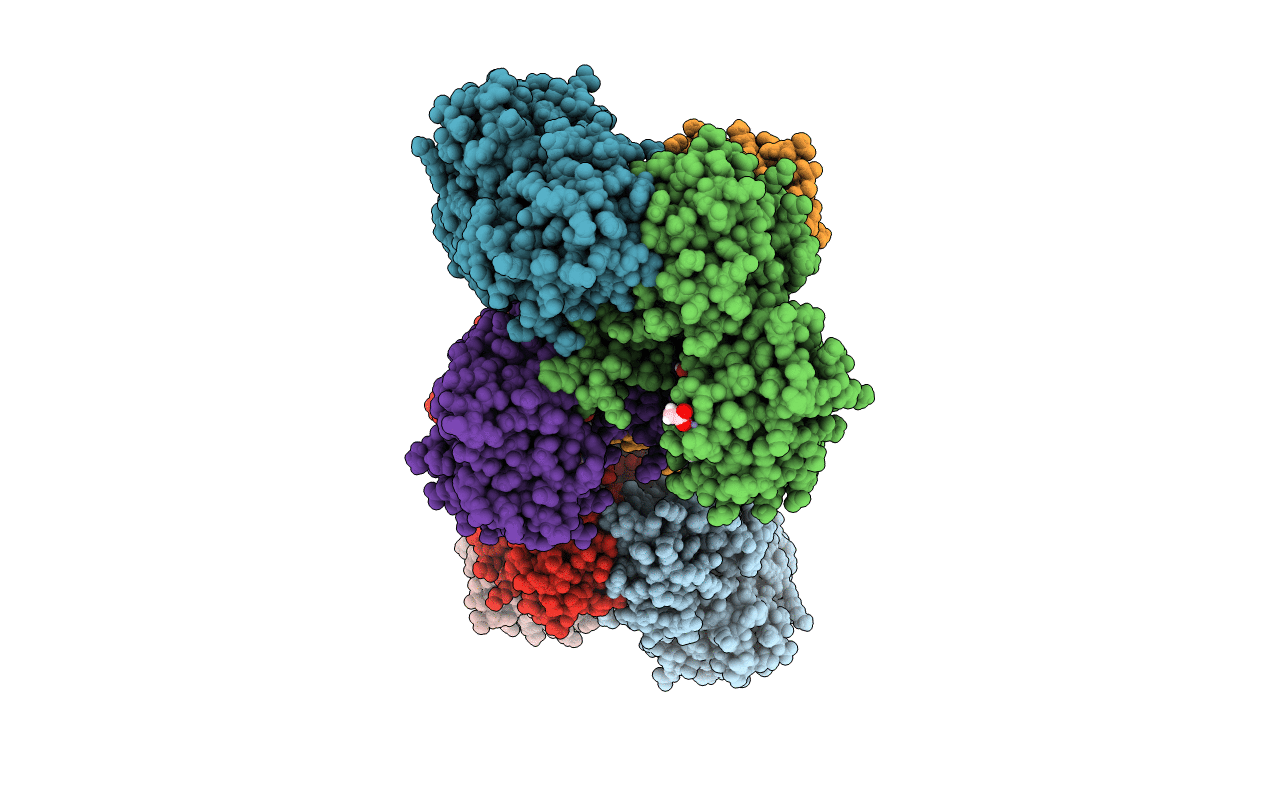
Deposition Date
2014-10-11
Release Date
2014-12-03
Last Version Date
2023-09-27
Entry Detail
PDB ID:
4WNC
Keywords:
Title:
Crystal structure of human wild-type GAPDH at 1.99 angstroms resolution
Biological Source:
Source Organism:
Homo sapiens (Taxon ID: 9606)
Host Organism:
Method Details:
Experimental Method:
Resolution:
1.99 Å
R-Value Free:
0.17
R-Value Work:
0.13
R-Value Observed:
0.13
Space Group:
P 1 21 1


